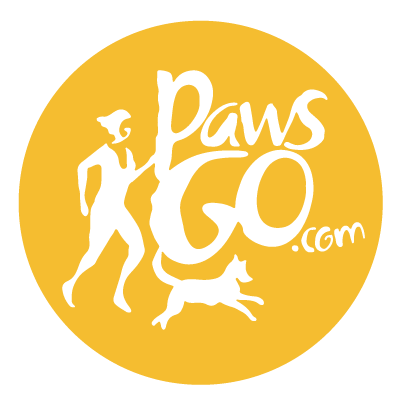These are the scary little things that appear on the back of pet food bags. Most of the time we want to avoid them since we really don’t want to know what is in most dog foods. And yes, they are written in English, but, unless you have a chemistry degree, you won’t understand half of what is written anyway. However, be brave and realize that taking the time to figure it out, may be the key to saving your dog’s life.
Pet food manufacturers list ingredients on the label starting with the highest concentrations first. That means we want to see things like beef, chicken salmon etc as the number one ingredient. The protein sources should be the number one listing for dog food. Stay away from foods that are high in by-products. These are also protein sources, but are of inferior quality to actual ’meat’. You will see a phrase called “crude protein“. This does not refer to the type of protein used. It refers to the method used to analyze the total protein. The percentage of nitrogen content is measured in a lab. It is then multiplied by 6.5 to give the percentage of crude protein.
The two most important factors are not measured. These are the biological value and the digestibility. Biological value refers to the amino acid composition. Amino acids are the building blocks of proteins and need to be in correct balance to be useful to the body. Digestibility determines how well the GI tract can absorb the protein. It is very hard for the gut to break down the protein in meat by-products. By-products are things like hair, feathers, feet, tendons – I’m sure you get the picture.
Meat and bone meal are other forms of protein listed on labels. This is ground bone, gristle, tendons and anything not fit for human consumption that has been through the rendering process. We discussed the wonders of rendering in the last article. Anything on a label that says any kind of meal be it lamb, chicken, beef or fish is the cheapest and least nutritious form of protein. So we can see that the source of the proteins are not readily available on most labels.
Grains are other ingredients listed. They are not all bad for dogs. Some vegetarian forms of dog food contain lots of grains. But overall, we would like to see these are secondary ingredients in most dog foods. The grains used need to also be of good quality since the availability of nutrients is dependent on the digestibility of the grain itself. We want to see whole grains not pet grade, inferior quality products containing mold and endotoxins. Pet food manufacturers will also use a variety of ‘spent’ grains as fillers containing very little nutritional value Spent grains include:
- Rice flour- the end process of the milling of rice
- Corn gluten meal- left overs from corn processing after the removal of the nutritious layers
- Brewer’s rice- discarded rice from the manufacturing of beer
Additives are used to make commercial dog foods to extend shelf life and to make them attractive to the human consumer. They can be added by the supplier and then again by the manufacturer. The law does require investigation on the direct effects of additives and preservatives, but what about the combined effects? We know very little about the synergistic effects of all these chemicals.
With four years of nutritional training and twenty years as a Doctor of Chiropractic for both humans and animals Dr. Janice Elenbaas is the founder and owner of Lucky Dog Cuisine. We are proud to call Lucky Dog a partner of PawsGo. If you shop on their website, be sure to use a coupon code of “PawsGo” and receive a free copy of “Educating Humans”!

